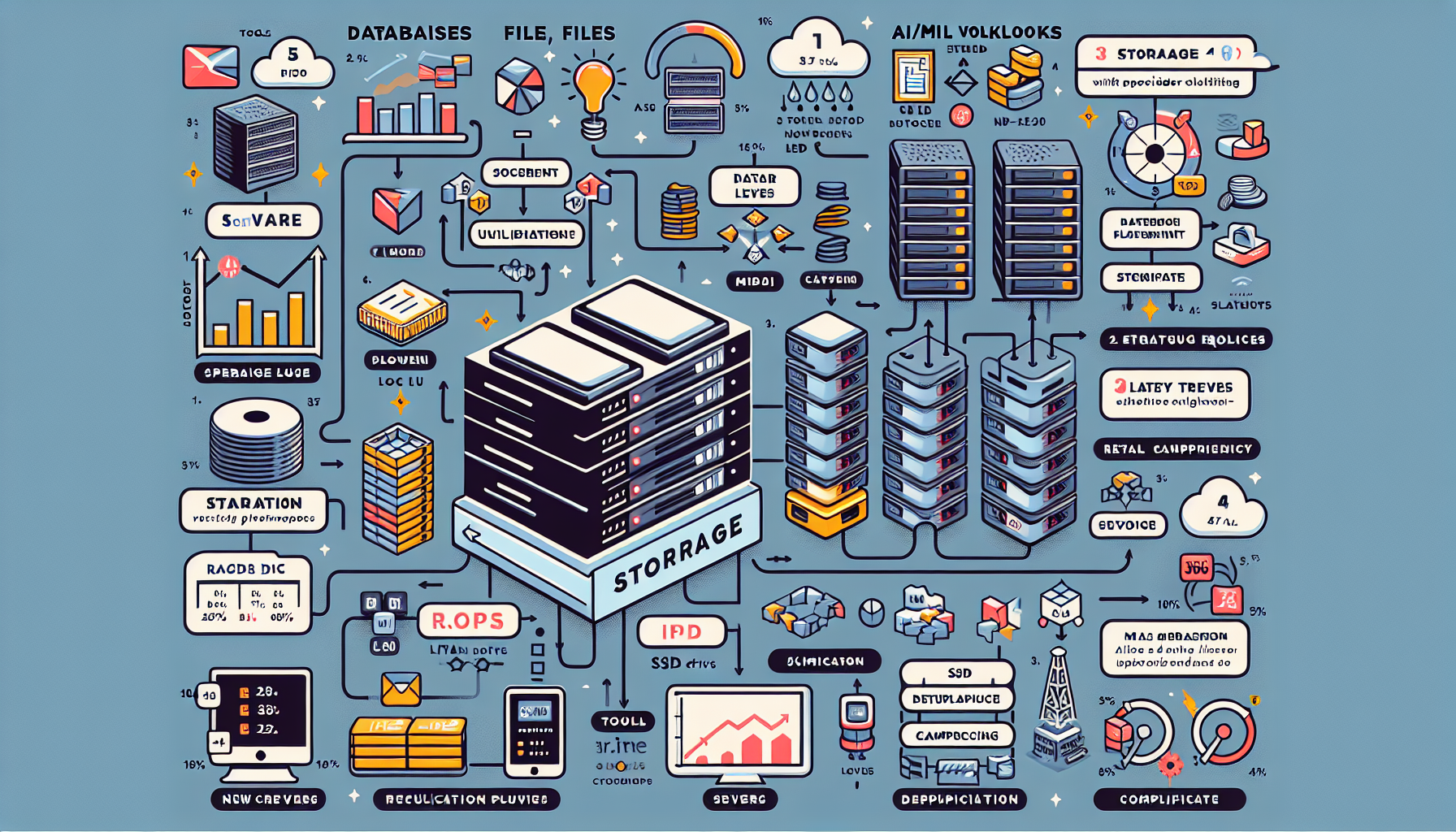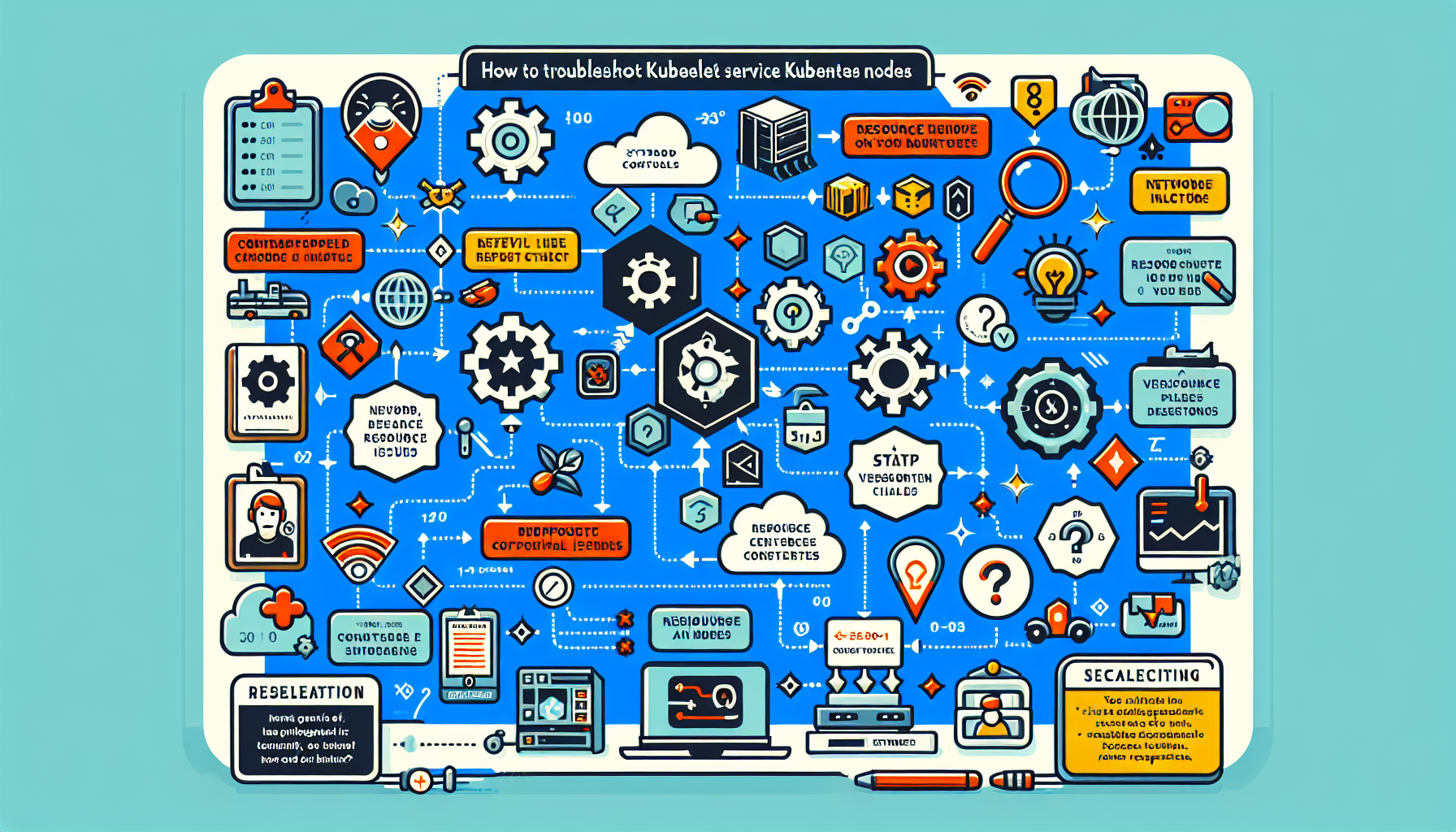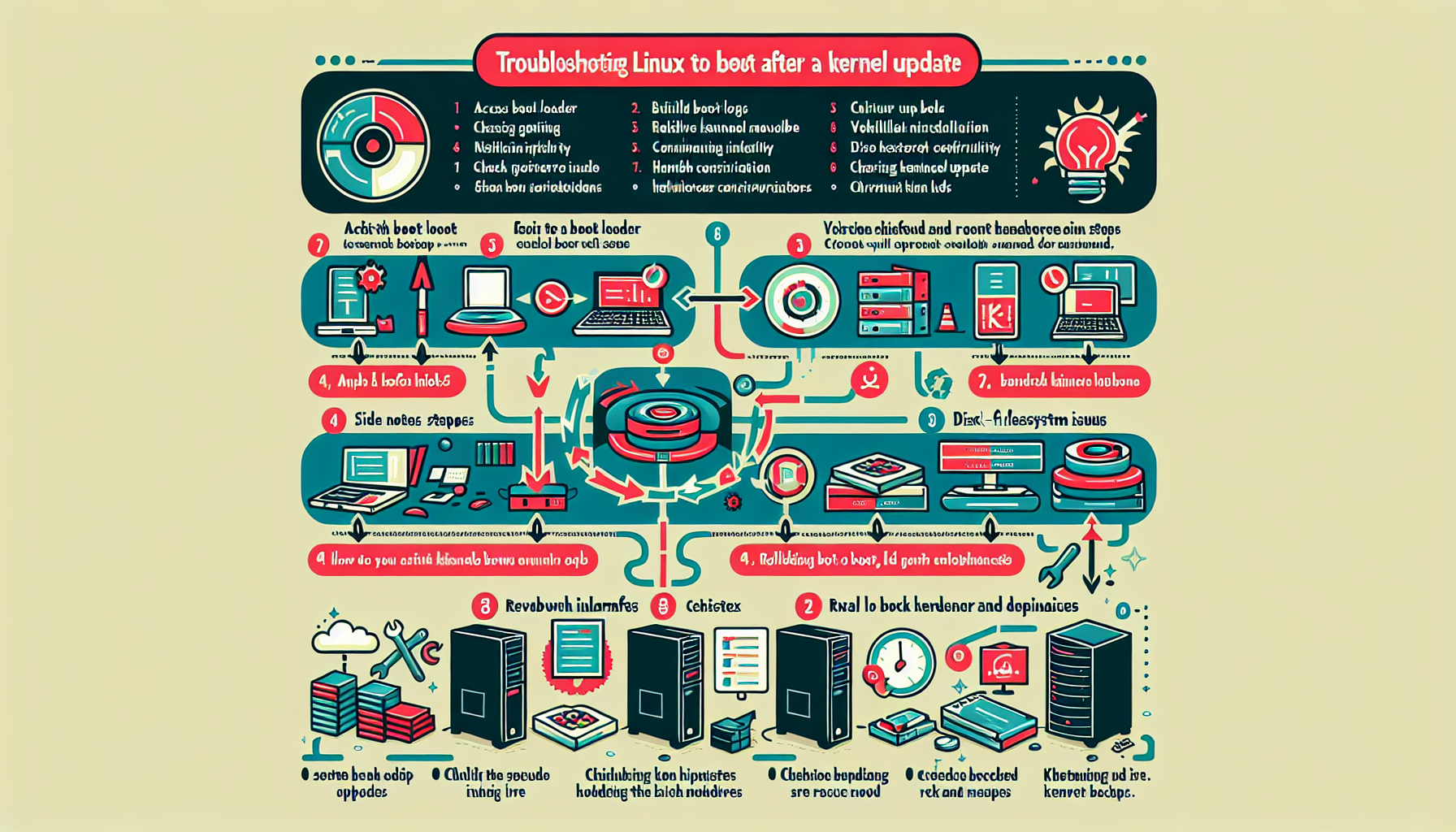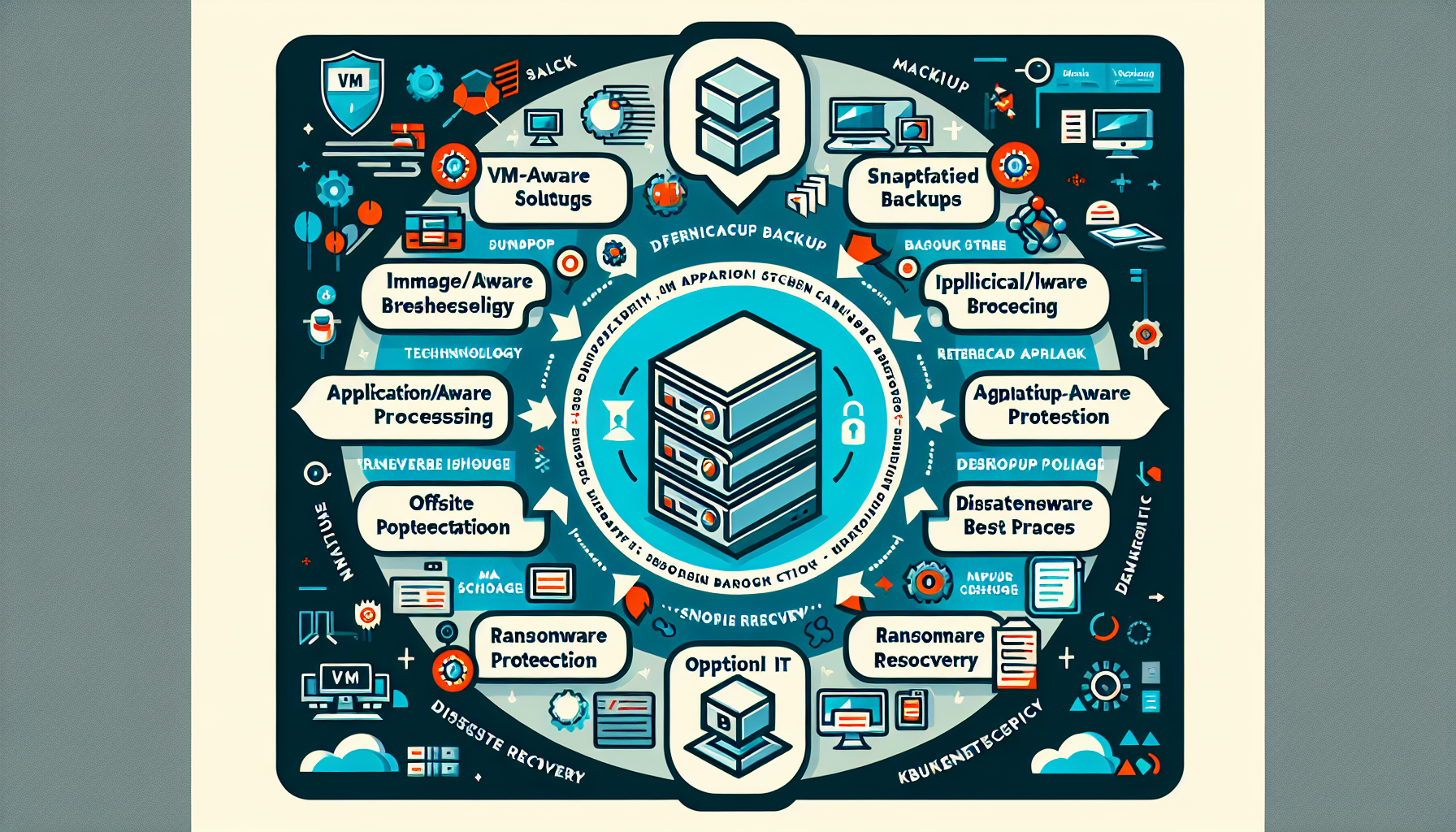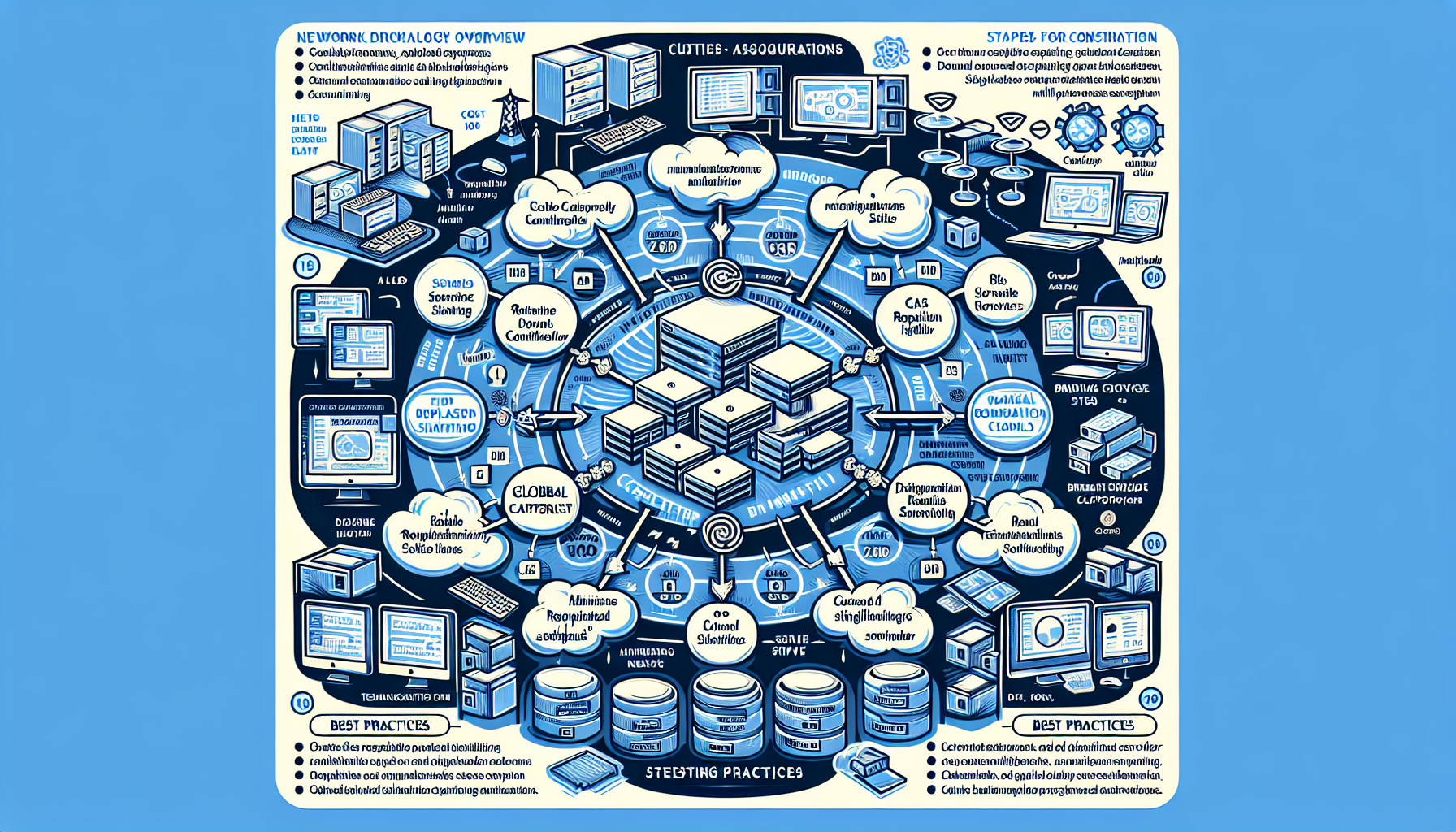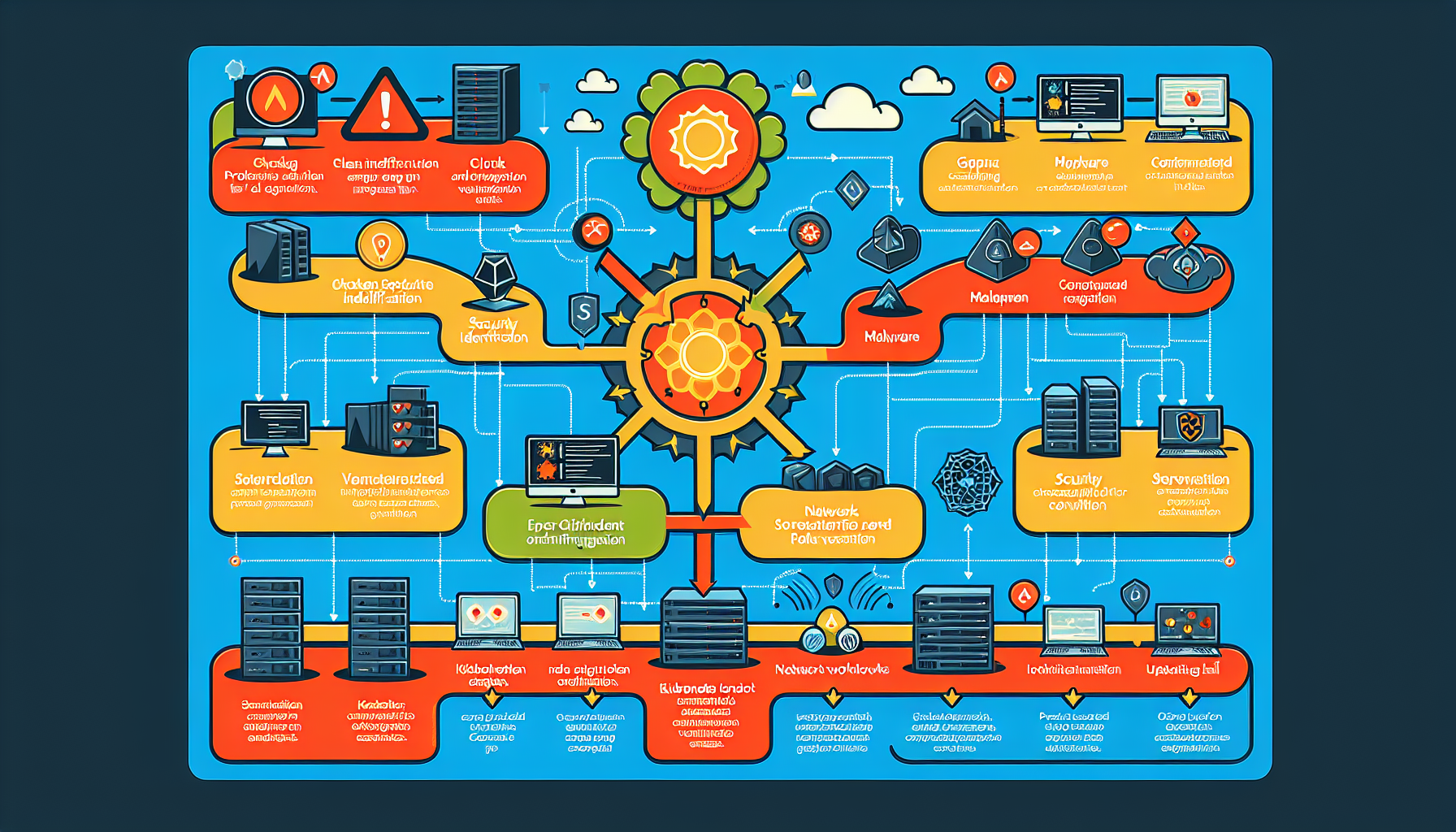How do I calculate storage requirements for my infrastructure?
Calculating storage requirements for your infrastructure is a critical step to ensure optimal performance, scalability, and cost efficiency. Below are the key steps to help you assess and calculate your storage needs accurately: 1. Understand Your Workload and Data Types Identify Use Cases: Determine the purpose of the storage (e.g., database, file sharing, backups, virtual […]
